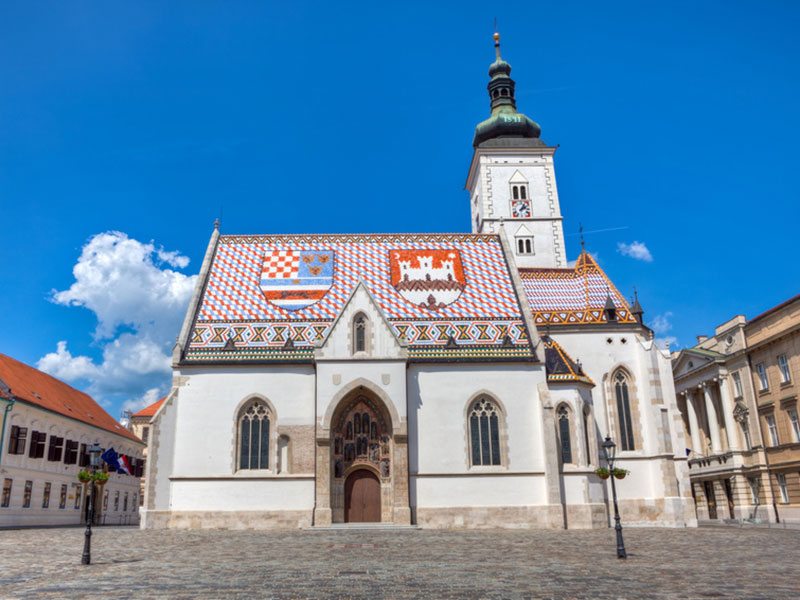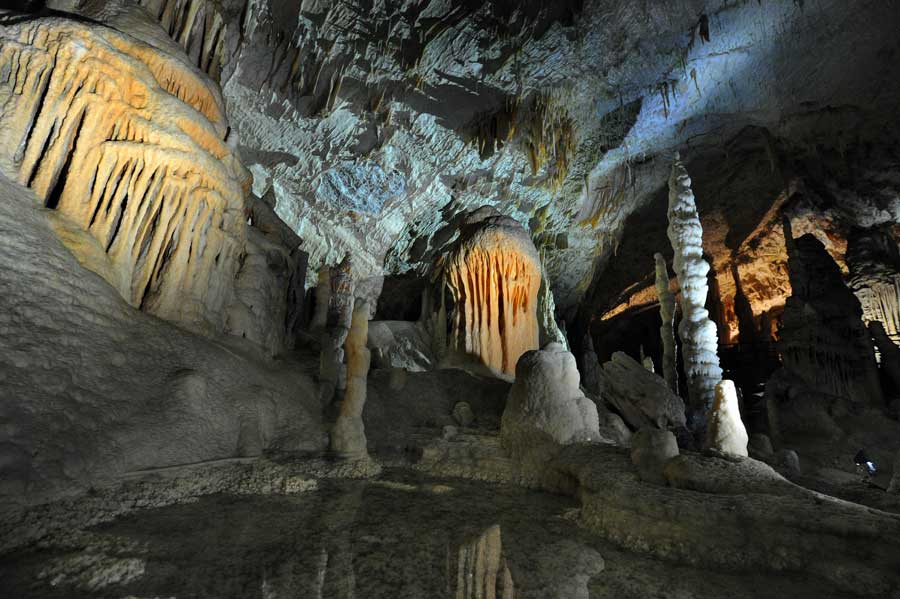Zagreb
The northwestern capital of Croatia and its largest city, Zagreb is best known for its historical architecture in its cathedrals and towers.
(Optional Stop) Plitvice Lakes
Plitvice Lakes National Park is Croatia’s best known national park and the only one of eight that is listed on the UNESCO List of World Heritage sites. The main attractions of this park, unique in the world, are the 16 small lakes joined by waterfalls created by the sedimentation of travertine, a special type of limestone. This national park encompasses the source of the river Korana, located in the area surrounded by dense forests of beech, fir and spruce. There are also several caves in the park, as well as springs and flowering meadows.
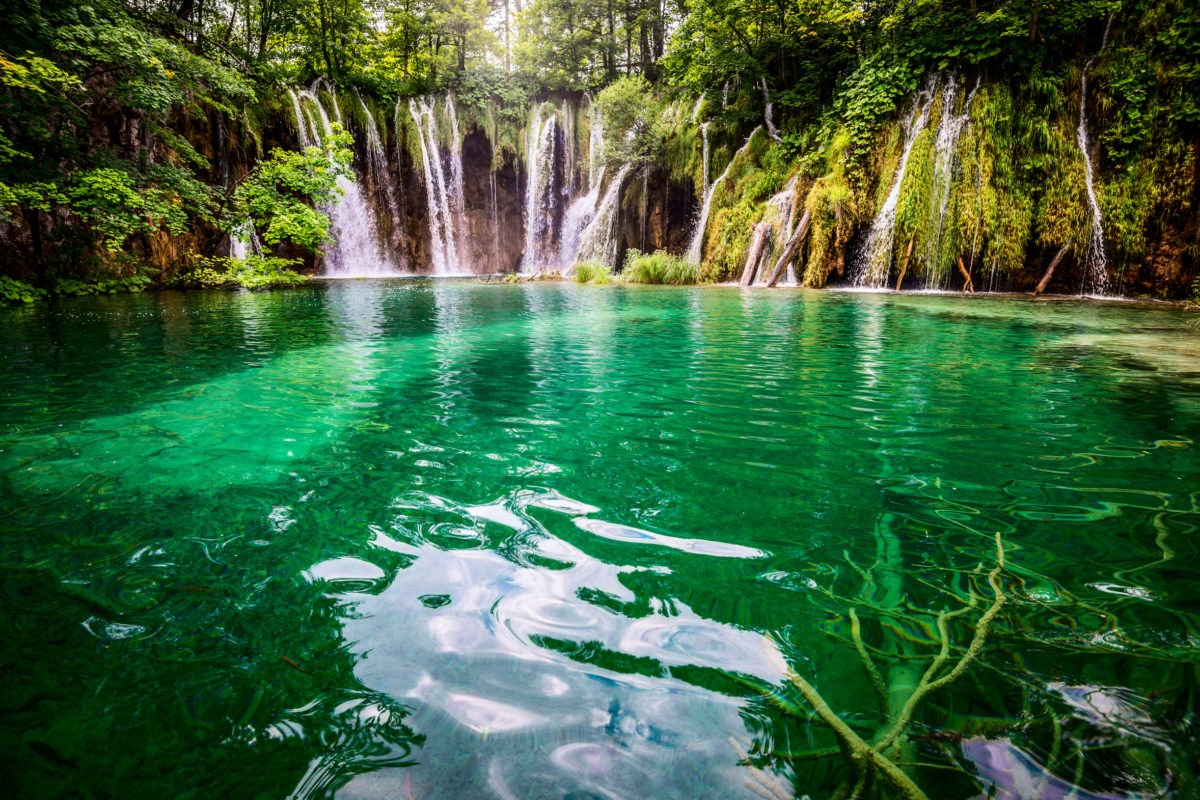
Plitvice
Ljubljana
Both residents and numerous visitors perceive Ljubljana as a city made to the measure of man. Ljubljana is classified as a mid-sized European city, but it has preserved its small-town friendliness and relaxed atmosphere while providing all the facilities of a modern capital. It is a very unique city dotted with pleasant picturesque places.
Ljubljana Castle lies atop Castle Hill and is a well-known landmark here. This monument has served as military housing as well as the royal residence over the past centuries. The central element in touristy Ljubljana is this triple bridge. The central part is the original bridge, built-in 1842 and designed by an Italian architect. In 1929, Joze Plecnik, trying to eliminate congestion in traffic, planned, and built, ending in 1932, two side narrow bridges for pedestrians.
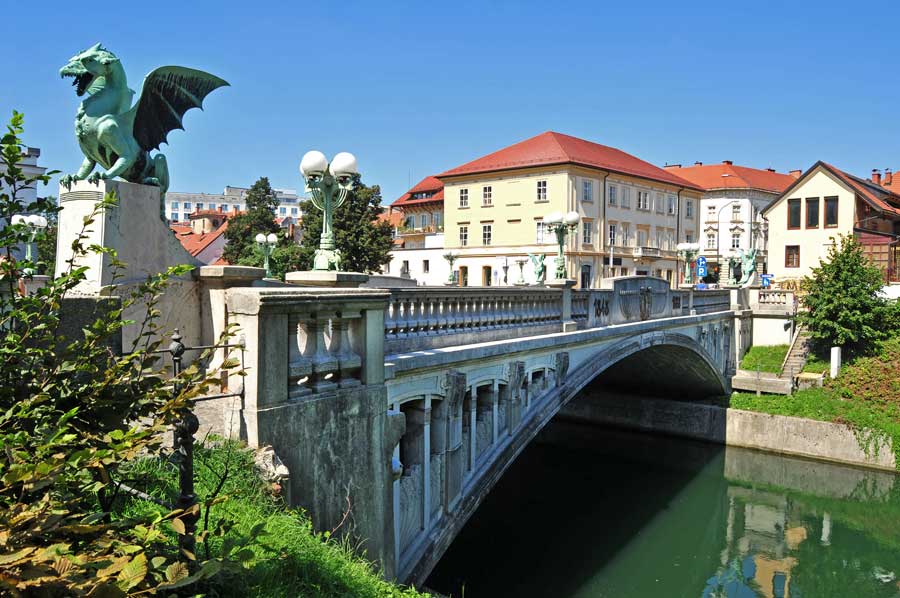
Ljubljana
Bled
Bled is a town that has exists for a thousand years, sheltered by picturesque mountains, with an Alpine lake and the only Slovenian island that reigns in the middle. Lake Bled is truly the jewel of Slovenia with its legendary island in the middle of the lake, castle, and hot springs. Its beneficial climate has attracted numerous cosmopolitan visitors for centuries.
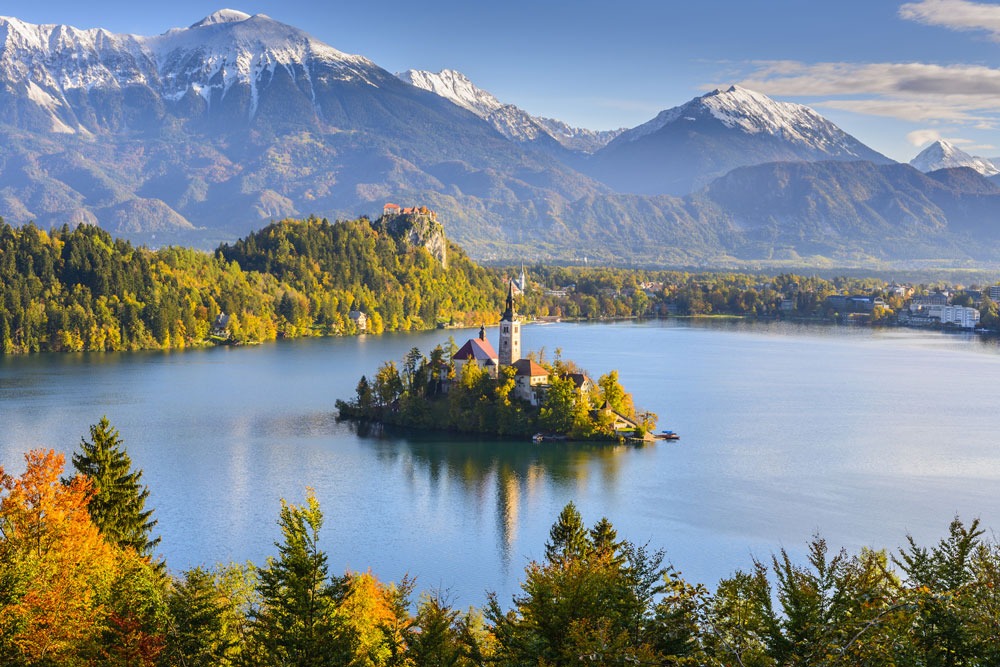
Lake Bled Solvenia
Postojna
Postojna Cave is the best-known cave in the world. It is also the greatest tourist attraction in Slovenia and one of the world’s largest karst monuments. The Postojna Cave offers a unique and adventurous ride with a special train, which will take you into the cave and under spectacular underground arches, which are embellished with chandelier look-alike stalactites, through a beautiful subterranean world full of playful limestone sculptures.
Opatija
Opatija is a chic coastal town on the Adriatic Sea. The town is filled with luxurious spas and resorts, which used to house the Austro-Hungarian elite during the days of the Austro-Hungarian Empire. The grand villas that remain, combined with the town’s coastal views and beautiful public gardens, attract tourists year-round.
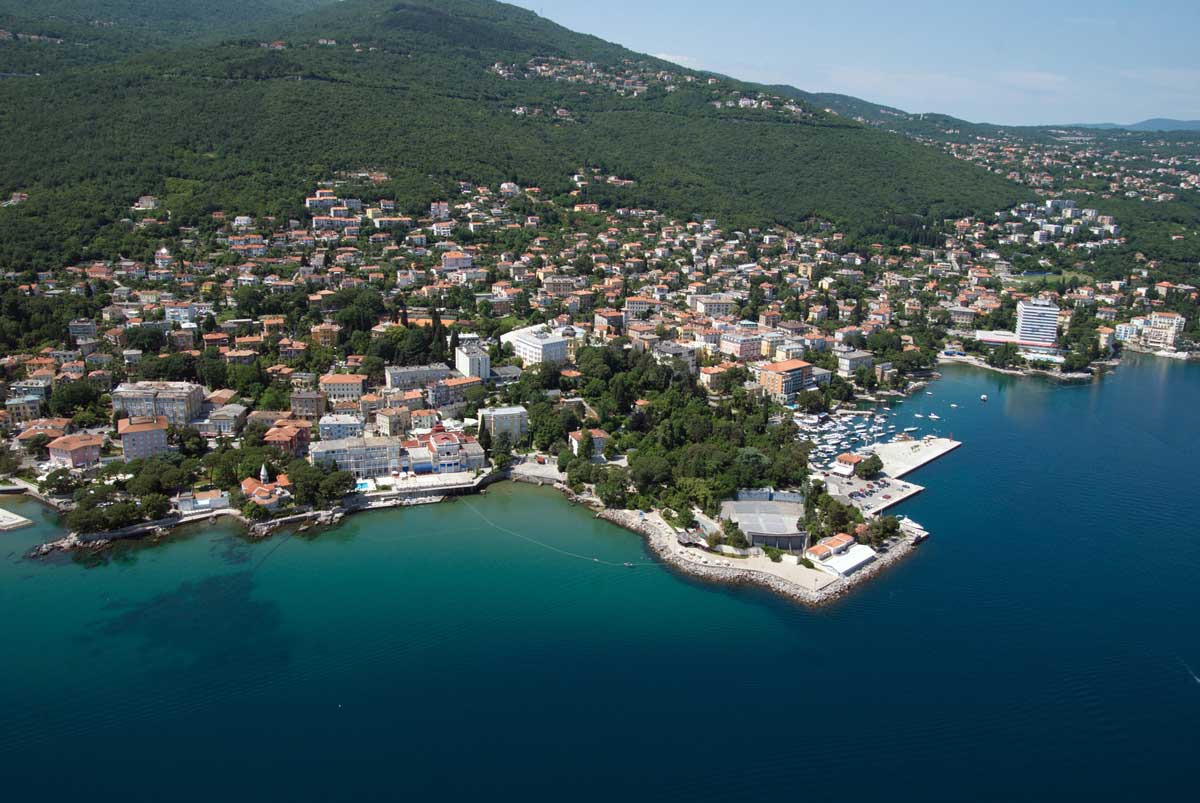
Opatija
Krk
Krk is the northernmost Croatian island in the Adriatic Sea, and the largest Croatian island. It is easily accessible to the mainland by a bridge. Krk has diverse villages of various sizes, stunning promenades, dramatic rock faces with tiny islands and hundreds of hidden bays and beaches.
Rab
A beautiful Croatian island in the Adriatic Sea, Rab is a scenic escape covered in an array of beaches: sandy, rocky, gravel, and everything in between.
Zadar
Zadar is a treasure trove of archaeological treasures and monuments to the ancient, medieval and Renaissance periods. This is visible by a number of sacral and architectural monuments – the church of sv. Donat [St. Donatus] where every summer the sounds of Zadar’s musical evenings echo, the Roman Forum near the main square, Kalelarga – the longest and widest street, the Cathedral of sv. Stošije [St. Anastasia], an Archaeological Museum with its exceptional treasures and many other monuments of cultural and historical heritage (town gate, Arsenal, churches, museums…).
In a city with the most beautiful sunset, in a maritime archipelago facing a multitude of islands and islets, which protect the city from the strong winds, enjoy the symphony of the Sea Organ and magical urban light installation Pozdrav suncu [Greeting the Sun] near the new harbor for cruise ships.
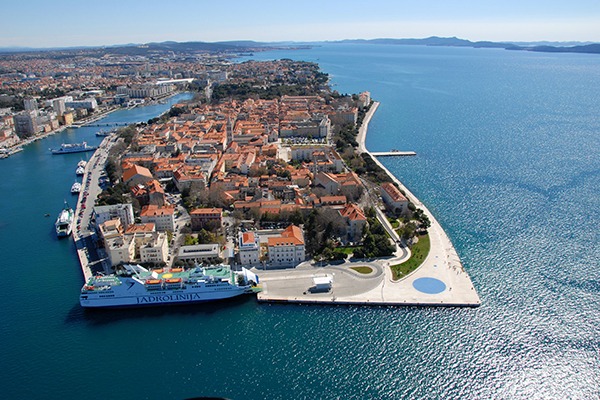
Zadar
Kornati
The Kornati islands consist of 140 islands and reefs. Historic remains of the old Illyrian fortress, Roman villas, old Christian church of St. Mary and medieval fortresses and settlements add to the value of these islands. Inlets of some islands descend steeply into the sea, a hundred meters deep in places, and dramatically razor sharp. It is truly something remarkable to see.
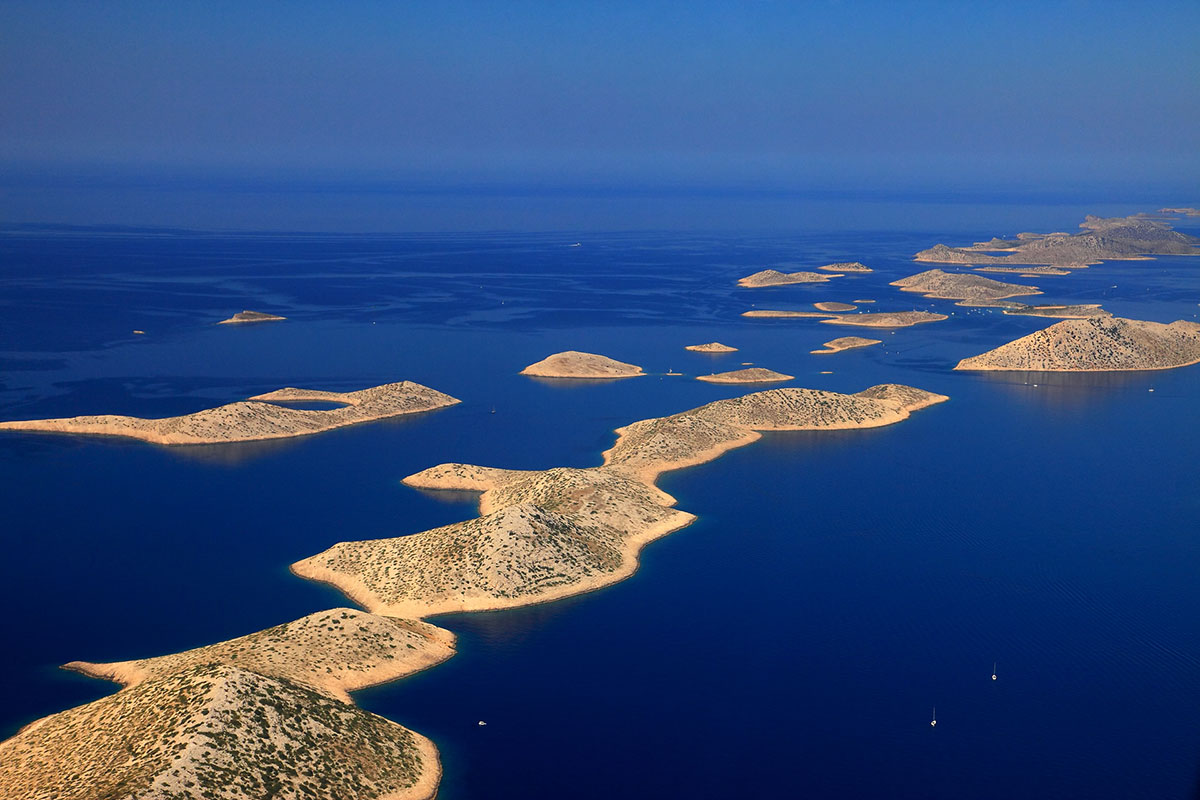
Kornati Islands
Mali Lošinj
Mali Lošinj is the biggest settlement on the island of Lošinj, found on the southern side of the Bay of Lošinj, which, thanks to this position, has become a very important maritime and commercial center, and today is also an important tourist destination. Positioned in the August Bay, the biggest closed bay of the island with 7000 inhabitants, it is the biggest island town in the Adriatic. Mali Lošinj dates back to the 12th century when twelve Croatian families settled in the eastern bay St. Martin. First Croatian settlers were farmers, later they also turned to fishing, sailing, and shipbuilding, and with that, the settlements moved towards the coast.
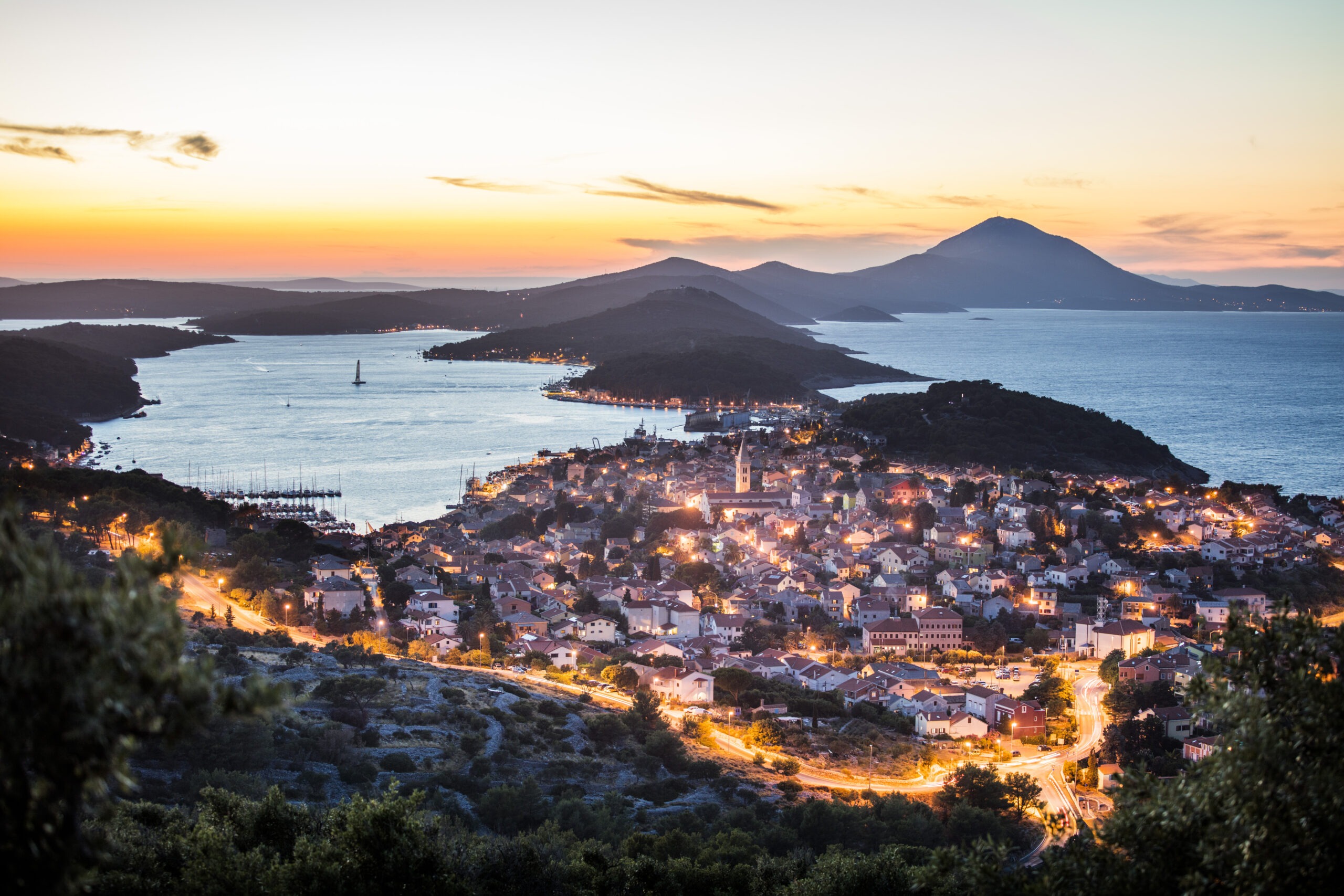
Losinj
Cres
Cres is an island in the northern part of the Kvarner Gulf of Croatia, located near the island Krk. Cres and Mali Lošinj were once one island before the Romans dug a narrow channel to separate them.



 English
English French
French

